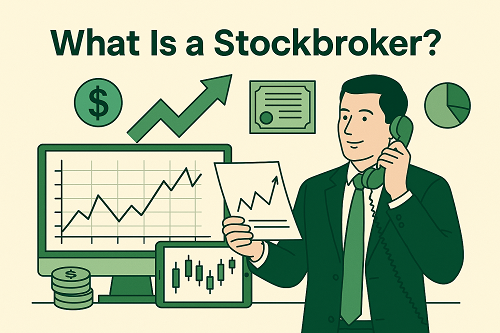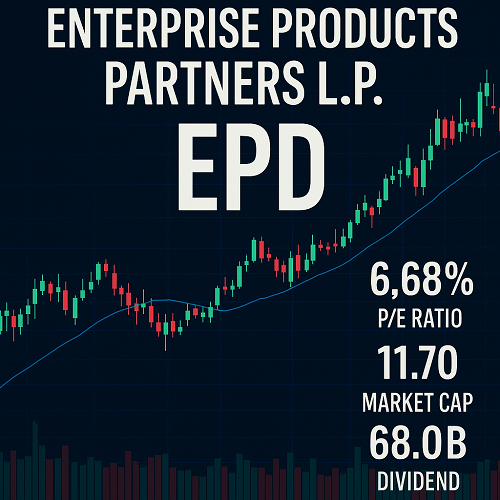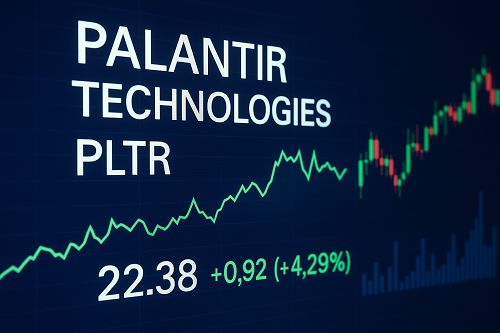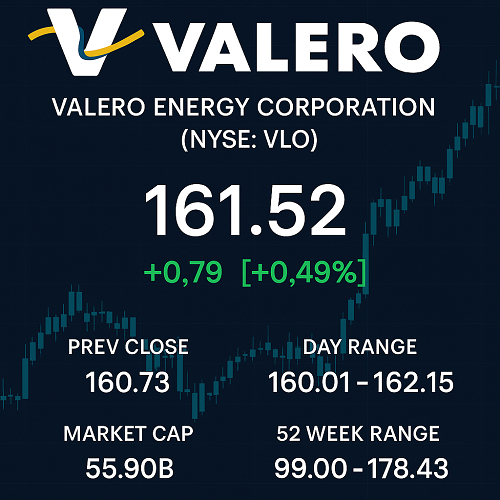When you hear the term “stockbroker,” what comes to mind — a person in a trading floor shouting orders? A sleek app on your phone placing trades? Or a trusted stock broker helping you manage investments?
In today’s market, “stockbroker” is a broad term that encompasses a wide range of services, technologies, and business models. Whether you’re a beginner wanting to buy your first share or an active trader, understanding what a stockbroker is — how they operate, what they charge, and how to choose one — is critical.
This guide dives deep: we’ll dissect all forms of brokers, mechanics behind trade execution, regulatory nuances, global differences, emerging trends, and a definitive checklist so you can pick the best broker for your needs.
Definition & Evolution of the “Stockbroker”
“Stockbroker” traditionally referred to a licensed individual who executes trades of equity and other securities on behalf of clients via stock exchanges. But over time, the meaning has expanded:
- Today it also encapsulates brokerage firms or platforms (online or brick-and-mortar) that act as intermediaries between you and markets.
- Brokers can also provide advisory services (recommending what to buy/sell) or act simply as execution agents (you decide, they execute).
- The rise of discount and digital brokerages has democratized access, reducing fees and enabling self-directed investing.
Evolution path: Floor broker → Full-service broker → Discount / online broker → Hybrid / robo advisor → Next-generation digital broker
The TD page also recognizes this shift: “stockbroker is really an umbrella term that today refers to two types of services: investment advisors and online brokers.”
But to outrank them, we go further — with deeper technical and strategic analysis, plus global context.
Types of Stockbrokers & Brokerage Models
Here’s how the broker landscape is structured, with pros, cons, and ideal users.
Full-Service Brokers / Advisory Firms
What they are: Traditional investment firms that offer comprehensive services: investment advice, portfolio planning, research, wealth management, estate planning, etc. The broker often serves as both advisor and execution agent.
Pros:
- High-touch personalized guidance
- Access to proprietary research, insights, and alternative investments
- Often manage portfolios (discretionary service)
Cons:
- High fees (often a percentage of assets under management + trading markups)
- Less appeal to DIY investors
Ideal for: High-net-worth individuals, those who prefer to outsource decisions, or investors needing holistic wealth planning.
Discount / Online Brokers
What they are: Brokerages that offer platforms for clients to execute trades themselves, often at lower cost. They may or may not provide research or educational tools.
Pros:
- Low commission / fee structures
- Fast execution, user-friendly apps
- Good for self-directed or frequent traders
Cons:
- Limited or no personalized advice
- Platform limitations or lack of advanced tools at some brokers
Ideal for: Cost-sensitive investors, active traders, do-it-yourself investors.
Hybrid / Robo-Advisors
What they are: A mix between full-service and discount models. Some decisions are automated (via algorithms), while human advisors may intervene on edge cases. Many brokerages now offer this model.
Pros:
- Lower cost than full-service advisory
- Some degree of personalization
- Automated rebalancing, tax-loss harvesting
Cons:
- Less personal than full-service
- Algorithms may not handle complex or unique strategies
Ideal for: Investors wanting some guidance but still a lower-fee model.
Introducing Brokers & Execution-Only Firms
Introducing Broker (IB): A firm that introduces clients to a larger broker or exchange, often outsourcing execution and clearing. Usually earns a commission or spread.
Execution-only broker: They don’t provide any advice — you submit orders and they execute.
These models are more common in derivatives, futures, or forex markets, but the principles carry over in equities.
How Stockbroking Works — The Mechanics
To truly understand brokers, you must understand the plumbing: how an order flows, is cleared, and settled.
Order Flow & Execution
- Client order: You place a buy/sell via platform.
- Order routing: The broker decides where to send it — which exchange, dark pool, market maker, etc.
- Matching / Execution: Your order is matched with someone on the other side.
- Confirmation: Trade confirmation is sent back to you.
Brokers often choose routing to optimize cost, speed, and execution quality. Some use payment for order flow (PFOF) — accepting compensation for directing orders to particular venues.
Clearing, Settlement & Custody
- Clearing: The process of reconciling the trade obligations (i.e. who owes what).
- Settlement: The actual exchange of securities for cash (in equities often T+2 days in many markets).
- Custody: The broker or an affiliated custodian holds your securities (in safe-keeping), ensuring proper recordkeeping.
Market Access & Routing
Modern brokers connect to multiple venues — traditional exchanges, ECNs (Electronic Communication Networks), dark pools, internal matching engines — making execution decisions based on speed, cost, and liquidity.
A well-designed brokerage will route to achieve best execution for the client, not exclusively to partners or liquidity providers.
Services, Fees & Revenue Models
Understanding how brokers make money is critical for assessing their alignment with your interests.
Commission Structures
- Per-trade flat fee (e.g. $4.99 per trade) — common in discount brokers.
- Tiered / volume-based (e.g. next 100 trades cost $3, then $2, etc.).
- Zero commission — many modern brokers now advertise zero commission for standard stocks (but shift profit to other lines).
Asset Management / Advisory Fees
For advisory services, brokers or advisors may charge:
- Flat percentage of AUM (e.g. 0.5% to 2% annually)
- Performance fees (a cut of gains above a benchmark)
- Fixed monthly or annual advisory fees
Spreads, Markups & Payment for Order Flow (PFOF)
Even in “no commission” models, brokers may profit from:
- Bid–ask spreads: Brokers may widen spreads or intermediate trades.
- Markups / markdowns on trades
- Payment for Order Flow (PFOF): Brokers receive compensation from market makers to route trades to them. This introduces potential conflict of interest around execution quality.
Additional Service Fees
- Inactivity / maintenance fees
- Margin interest (if trading on leverage)
- Withdrawal / transfer / account closing fees
- Data / market data subscriptions
- Access to premium tools or research
Choosing a Stockbroker — A Step-by-Step Framework
Use this framework to pick a broker that aligns with your needs.
1. Define Your Investment Style & Goals
- Long-term investing vs active trading
- Do you want advice, or will you self-direct?
- Do you trade frequently or occasionally?
2. Evaluate Costs vs Value
- Compare total cost (commissions + spreads + hidden fees)
- Assess whether the platform or research tools justify higher cost
- Watch out for execution quality drag (slippage, delayed routing)
3. Platform Quality & Tools
- Mobile, web, desktop platforms
- Speed, UI usability, charting, order types
- Real-time data, alerts, backtesting
- API access (for algorithmic traders)
4. Regulation, Security & Trust
- Licensing and oversight (e.g. in Canada, IIROC / CIPF; in the U.S., SEC / FINRA)
- Custodial segregation of client assets
- Insurance (SIPC, CIPF)
- Reputation, track record, financial stability
5. Asset Coverage, Markets & Instruments
- Ability to trade stocks, ETFs, options, bonds, forex, crypto, derivatives
- Access to U.S., Canadian, international markets
- Fractional shares support
- Staking, dividends, DRIP, shorting
6. Account Types & Tax Considerations
- Registered accounts (e.g. RRSP, TFSA in Canada; IRA, 401(k) in U.S.)
- Margin accounts, cash accounts
- Currency conversion capabilities
- Tax reporting support
By scoring prospective brokers against these criteria, you can pick the one that maximizes your utility (net of cost).
Stockbrokers in Canada vs U.S. vs Global
Canadian Landscape & Regulation
- In Canada, brokers operate under IIROC (Investment Industry Regulatory Organization of Canada) and member firms are protected by CIPF (Canadian Investor Protection Fund).
- Common account types: RRSP, TFSA, RESP, RDSP
- TD’s page rightly highlights Canadian-registered vs non-registered accounts.
- Key Canadian brokers include Questrade, RBC Direct Investing, Scotia iTRADE, BMO InvestorLine, Wealthsimple Trade, TD Direct Investing.
U.S. Market Structure & Broker Competition
- Highly competitive landscape — e.g. Charles Schwab, Fidelity, Robinhood, Interactive Brokers.
- Brokers are regulated via SEC, FINRA, and client funds protected by SIPC.
- Commission wars led many brokers to zero-commission equities trades.
- Complex order routing, Maker-Taker pricing models, NBBO (National Best Bid & Offer) rules.
International / Cross-Border Brokers
- Some brokers provide global access — e.g. Interactive Brokers, Saxo Bank, eToro.
- Currency conversion, cross-border tax implications, local regulation must be considered.
- Beware of brokers domiciled in unregulated jurisdictions.
Key Risks, Conflicts & Best Practices
Conflicts of Interest
- PFOF can bias routing decisions
- Proprietary trading arms
- Incentives to push certain products
Always request execution quality reports, read disclosures, and consider brokers with transparent practices.
Order Execution Quality
- Slippage, latency, lack of liquidity
- Brokers should strive for best execution (lowest cost, fastest fill)
- Review their execution statistics and routing history
Custodial Risk
- Broker bankruptcy
- Mix-up of client assets
- Protection limits (e.g. CIPF, SIPC) are not full guarantees
Operational & Cyber Risk
- Platform outages, data breaches
- Always use two-factor, secure passwords, withdrawal limits
Due Diligence & Monitoring
- Periodically compare trade performance vs benchmark
- Monitor hidden costs
- Keep backup in another brokerage
The Future of Stockbroking — Trends & Innovations
Zero-Commission Trading & Hidden Monetization
Many brokers now advertise zero commission on equities, but monetize via spreads, order flow, or additional paid features.
AI / Algorithmic Advice & Execution
- Portfolio optimization algorithms
- Smart order routing using AI
- Predictive analytics and sentiment-based tools
Tokenization, Fractional Shares & Digital Assets
- Fractional investing allows micro-investing in high-value stocks
- Tokenized securities and blockchain-based settlement
- Some brokers now support trading of crypto, security tokens, DeFi assets
Regulatory Shifts & Transparency
- Push for greater transparency in order flow, execution quality
- Regulatory scrutiny of PFOF
- Enhanced investor protection frameworks
Frequently Asked Questions (FAQ)
Q: Do I need a broker to trade stocks?
Yes, individual investors cannot directly access major exchanges; brokers provide access, execution, clearing, and custody.
Q: What is the minimum to open a brokerage account?
Many modern brokers have no minimums. TD’s EasyTrade has no minimum for TD ETFs.
Q: Is zero commission truly free?
Often not — costs may be embedded in spreads, order routing, or indirect fees.
Q: How do I transfer my account?
You submit a transfer request (e.g. ACAT in the U.S., or KYC/transfer forms in Canada). It may take several business days and incur fees.
Q: Are my assets safe if the broker fails?
Custodial separation and investor protection funds (CIPF / SIPC) help, but they are not absolute guarantees.
Summary & Action Steps
A “stockbroker” today covers a wide spectrum: from full-service advisors to lean execution platforms, hybrid robo models, and everything in between. The right broker for you depends on your:
- Investment goals (active vs passive)
- Need for advice vs self-direction
- Tolerance for cost vs desire for tools
- Geographic / market access needs
- Concern for transparency, execution, and security
Action Plan:
- Write down your investor profile (style, frequency, account types).
- Use the six-point broker evaluation framework above.
- Shortlist 2–3 brokers and test demo accounts or starter funds.
- Monitor performance, costs, and execution quality over time.
- Stay informed about new innovations (AI trading, crypto, tokenized assets).





 XAUT-USD
XAUT-USD  AMD
AMD  MARA
MARA  SHOP
SHOP  BULL
BULL  CL=F
CL=F